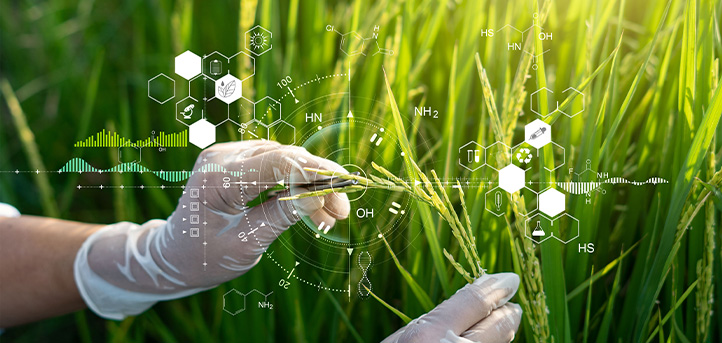Researchers at the Universidad Europea del Atlántico (European University of the Atlantic, UNEATLANTICO) propose a system to predict diseases in rice leaves using various deep learning techniques.
Rice is a staple food for half of the world’s population and some farmers prefer to grow rice because of its adaptability to different environments. In addition, this food is usually included as a complete food in meals due to its starchy nature and high calorific value. It is an accessible food for everyone.
However, this food is vulnerable to various diseases during the cultivation process, and manual identification of these diseases is inaccurate as farmers do not have medical expertise. Plant diseases have a major impact on rice production and can cause minor damage to the fruit or even the death of the plant. Therefore, it is necessary to look for quick, inexpensive, and accurate ways to identify them.
Thanks to automated methods developed in recent years, it is possible to detect leaf diseases efficiently and quickly. Therefore, to contribute to farmers, this research has proposed a model for early identification of rice leaf diseases and thus optimize production. For this purpose, transfer learning algorithms previously trained with various rice leaf disease detection classifiers were used.
Research results
The research considered the three main rice leaf diseases: BB, BS, and mildew.
According to the research results, the proposed model achieved an accuracy of 91% on a normal data set and 94% on a segmented data set. In the future, it is expected to implement these results to mobile devices to automatically recognize diseases in rice leaves and other crops in agriculture.
If you want to know more about this fascinating study, click here.
For further research, check the UNEATLANTICO repository.


